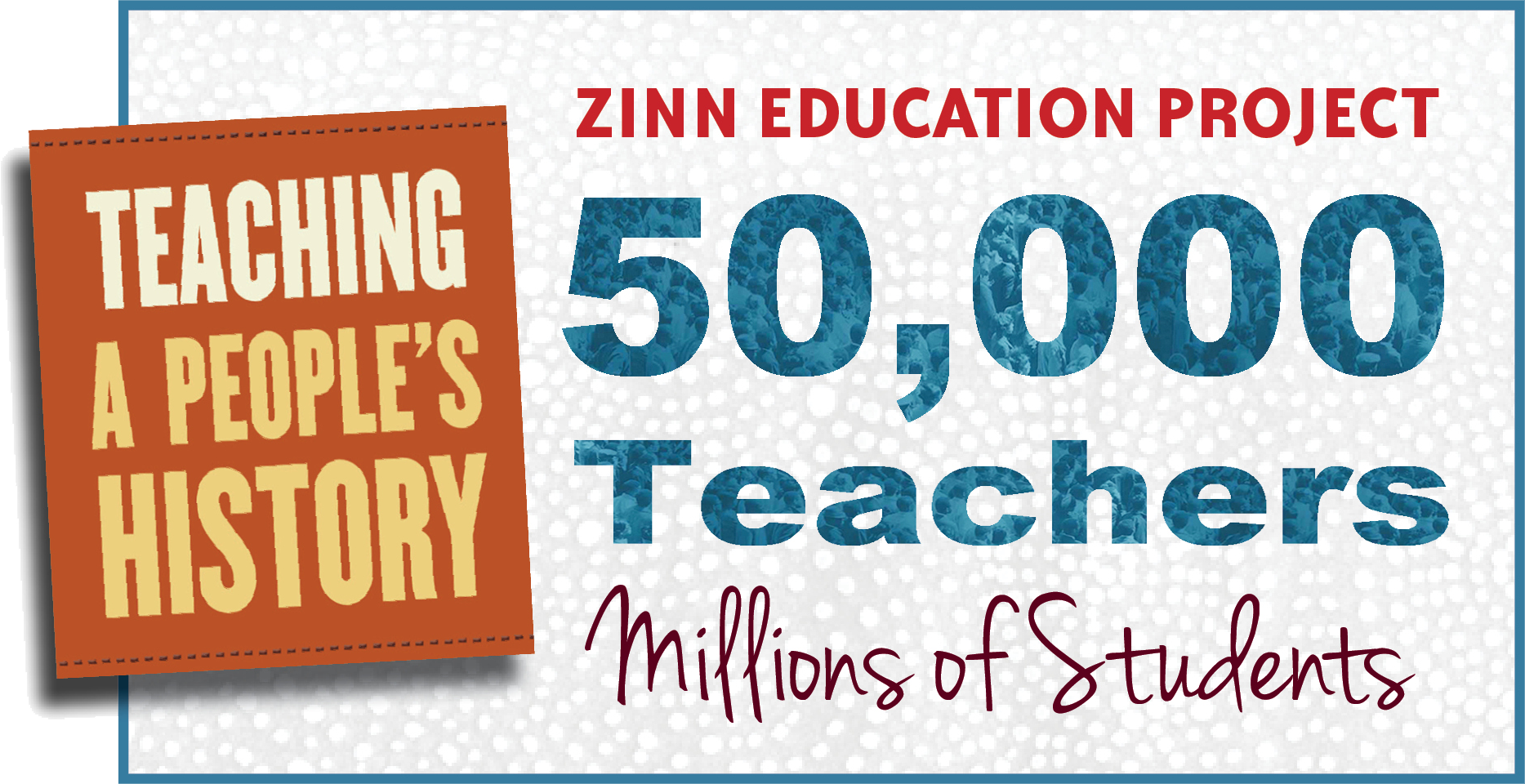In June, while politicians continued to debate about the implications of taking down the Confederate flag after the shooting of nine people at Emmanuel AME Church and several arson fires on Black churches in the South that followed, Bree Newsome scaled the South Carolina state flag pole and took the flag down herself. She did not organized this effort alone.
Continue reading
As Ta-Nehisi Coates points out in this article, the secession of Southern states was triggered by one thing: the desperate quest to preserve slavery.
Continue reading
By William Loren Katz
The Confederate flag represents a threat to citizens of color, a symbol of treason against the United States, and a war fought on behalf of slaveholders. But there are other equally offensive symbols that have not attracted the attention they should. For example, a statue of former South Carolina governor and U.S. Senator Ben Tillman stands in the state Capitol.
Continue reading
In January, Janet Kelly contacted the Zinn Education Project to help her 7th and 8th grade students research Fred Ross Sr., a little known but influential grassroots organizer, for their History Day Project about the United Farmworkers' Union.
Continue reading
The Zinn Education Project has engaged more people than ever with quality, thought-provoking people's history lessons for students and stimulating articles that challenge myths about our history. With your continued support, we can reach more classrooms. We bring you a quick snapshot of 2015 so far.
Continue reading
As the Pentagon commemorates the 50th anniversary of the Vietnam War, we revisit Bill Bigelow's article that deals with the textbooks' failure to grapple with the import of the Pentagon Papers, which were historical documents not military secrets, and why Daniel Ellsberg felt the American public needed to know the history of U.S. intervention and deceit.
Continue reading
The great writer, historian, activist, and critic, Eduardo Galeano, died on April 13, 2015. His work was a gift to every teacher who hopes to make sense of this "upside down world" with students.
Continue reading
We’re delighted to announce the posting of four new articles and activities on environmental justice issues. At a moment when the dimensions of the climate crisis are becoming more apparent, the Zinn Education Project is committed to providing teachers more resources to help students confront the causes and consequences of climate change and the broader environmental crisis. Our collective house is burning down. The least we can do is help our students understand why and consider ways to respond.
Continue reading
We are featuring some of our favorite people's history artists as a resource to connect art and social justice in the classroom.
Continue reading
We express our heartfelt appreciation to Alison Kysia for her work with the Zinn Education…
Continue reading
By Paul Ortiz
Seven years after the end of the Civil War, hundreds of African Americans in Baltimore gathered at historic Madison Street (Colored) Presbyterian Church for the purpose, “[O]f adopting measures to petition the Congress of the United States to tender the powerful mediation of this great government towards ameliorating the sad condition of a half million of our brethren now held in slavery in the island of Cuba by Spain.”
Continue reading
By Sudie Hofmann
At the time of George Washington's death, the Washingtons enslaved 318 people of African descent at Mount Vernon, according to the Mount Vernon Ladies' Association. But you would not know it from the main tour, nor from the brochure. In fact, most visitors, including schoolchildren, can spend hours admiring the Mount Vernon mansion, fine furniture, and manicured lawns without considering that it was all paid for with forced labor.
Continue reading
By William Loren Katz
By an odd coincidence the first week of Black History Month this February, Time magazine ran an article on the 100th anniversary of the first public showing of the movie classic The Birth of a Nation. This silent film was Hollywood’s first blockbuster, first great historical epic, first full-length film, and first to introduce modern cinematic techniques that still keep audiences enthralled. Time noted the movie’s problem. From its casting and content to its dramatic conclusion it was unabashedly racist.
Continue reading
More teachers. More students. More people's history.
This year, we reached 44,500 K-12 teachers who are using free Zinn Education Project lessons.
That's almost a million students receiving a more honest and complex understanding of U.S. history.
Help us reach 55,000 teachers in 2015 with people's history resources.
Continue reading
In November of 2014, the Zinn Education Project published a widely circulated exposé of the Koch Brothers influence on K-12 civics education.
Continue reading
By William Loren Katz
With family excitement building with the approach of Thanksgiving, you would never know November was Native American History Month. President Obama had publicly announced the month, but many more Americans will be paying attention to his announcement of Thanksgiving.
Continue reading





























